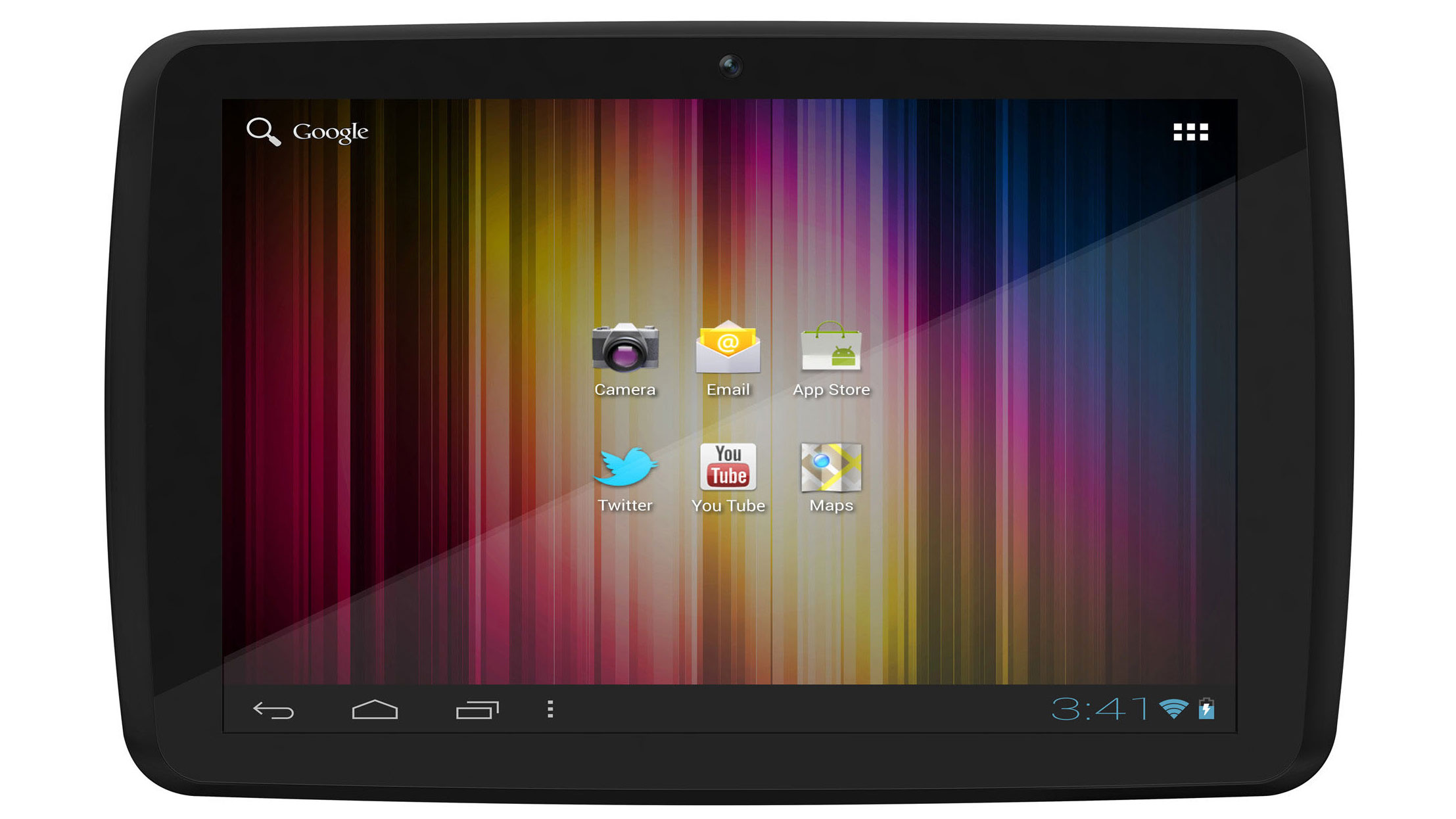TechRadar Verdict
Bargain priced and quite well specced, but anyone expecting sky-high levels of performance will be disappointed.
Pros
- +
Very affordable
- +
Quad-core speed
- +
Almost stock Android
Cons
- -
Uninspired design
- -
Low res screen
- -
Awful camera quality
Why you can trust TechRadar
Zoostorm is most well known for its ranges of budget PCs and netbooks, but in the last couple of years it has produced some tablets that sit comfortably at budget end of the spectrum.
There's some serious competition for entry-level tablets, so the Zoostorm's PlayTab Q6010 needs to perform well to grab even a scrap of attention, despite the bargain-basement price of £140.
There's not many tablets at this end of the price spectrum with a 10.1-inch screen, which sets the Zoostorm PlayTab apart from rivals occupying the same price territory such as the Archos 80 Xenon and Tesco Hudl.
For £140 the specs haven't entirely been dialled back to 2010 like a lot of budget efforts, with the key specs being a decent 1.5GHz quad-core processor, 2GB of RAM, 16GB of internal storage, N-grade Wi-Fi, 10.1-inch 1280 x 800 screen and running the slightly dated, but still usable, Android 4.2.2 Jelly Bean.
On paper that's enough power to run pretty much everything, with the 2GB of RAM being an unexpected surprise in such a cheap tablet.
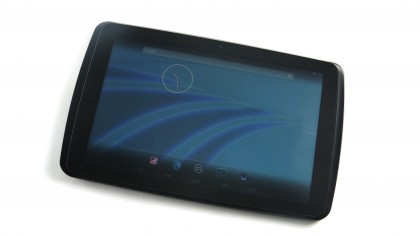
These specs put the PlayTab somewhere alongside the Samsung Galaxy Tab 2 10.1 or the Archos 101 Platinum, but nowhere near the higher-priced iPad Air or Sony Xperia Tablet Z.
There's been little to break manufacturers away from producing a generic black slab when designing their budget tablets, and it's unfortunate to say that there's not much in the way of design flare on the Zoostorm PlayTab Q6010.
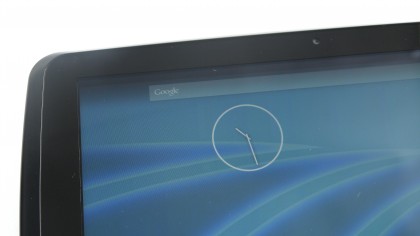
There are hints of a larger Hudl about the PlayTab, with rounded corners of generic polycarbonate and a rubberised rear making the whole thing feel soft and easy to hold - if a little uninspired.
The 10.1-inch screen has a reasonable-sized bezel surrounding it, making it easy to hold without any unwanted touchscreen interactions.
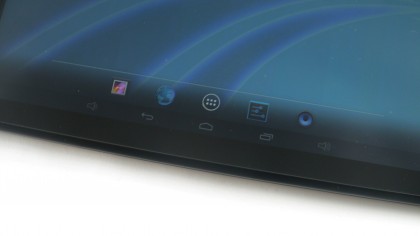
The screen itself looks somewhat sunken into the tablet by comparison to the iPad Air or Nexus 7 screens that are sandwiched closer to the glass.
At points there was a good couple of millimetres between where my finger was and the actual screen, which made me feel a little more detached from the touch experience than normal.
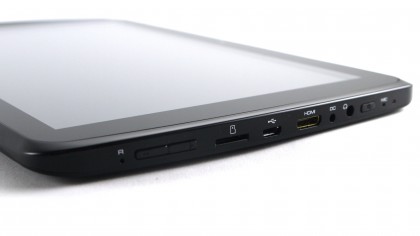
On the front of the PlayTab there's a lack of any physical buttons to get in the way, with Zoostorm instead opting to keep all the buttons and ports on the right edge of the tablet.
There is of course the power/wake button near the top right edge which protrudes just enough to make it easy to find, while at the bottom there's a single volume rocker bar that has a crease in the middle to help your fingers fumble the volume direction.
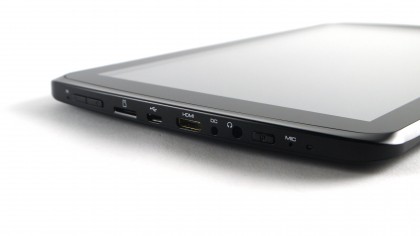
There's also a microUSB socket for computer connection, though it doesn't charge the tablet - this job is disappointingly left to a tiny DC jack socket, so you won't be relying on a universal USB charger.
This means you'll have to keep the proprietary charger to hand if you're going away with the PlayTab for more than a couple of days.
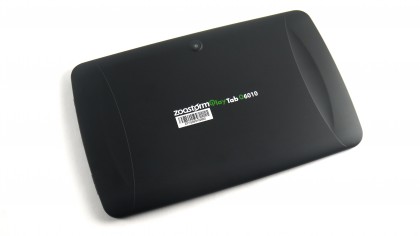
Also to hand is a mini-HDMI connector for mirroring output to an HDTV, a microSD card slot for extra storage expansion (up to 32GB) as well as a 3.5mm audio socket and a microphone. The only thing missing here would be a full-sized USB socket, though this can be added to the micro-USB socket via a USB host cable.
On the left edge of the tablet there's nothing but a wide slot, behind which the speaker lies, while every other side of the tablet is devoid of any features.
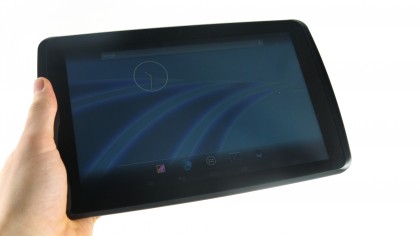
Finally, flip the tablet around and you're presented with a rear-facing camera (with no accompanying LED flash), that's centred towards the top of the tablet - a suitable position for those insisting that tablet photography has a place in civilised society.
There's also a stuck-on logo, emblazoning the catchy name of the Zoostorm PlayTab Q6010. Either side of the rear I found the most thoughtful part of the design, two bezels which make holding the tablet one-handed that little bit more comfortable and grippy.
